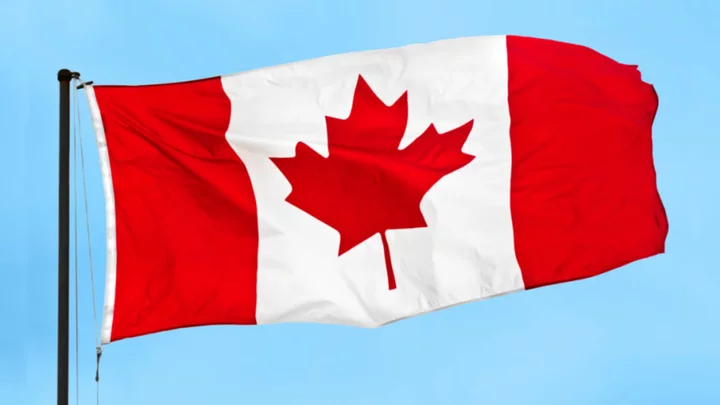Happy (almost) Canada Day! On July 1, 1867, the nation was officially born when the Constitution Act joined three provinces into one country: Nova Scotia, New Brunswick, and the Canada province, which then split into Ontario and Quebec. However, Canada was not completely independent of England until 1982.
The holiday called Dominion Day was officially established in 1879, but it wasn’t observed by many Canadians, who considered themselves to be British citizens. Dominion Day started to catch on when the 50th anniversary of the confederation rolled around in 1917. In 1946, a bill was put forth to rename Dominion Day, but arguments in the House of Commons over what to call the holiday stalled the bill.
The 100th anniversary of the nation's official creation in 1967 saw the growth of the spirit of Canadian patriotism, and Dominion Day celebrations really began to take off. Although quite a few Canadians already called the holiday Canada Day (or Fête du Canada), the new name wasn’t formally adopted until October of 1982.
How to Celebrate Canada Day
There are many ways to celebrate Canada Day. First: What’s a patriotic celebration without a parade? Typically, parades are held in cities, towns, and villages all over Canada. The Royal Canadian Mounted Police have an established group called the Musical Ride. These 32 officers, who are rotated after three years of service, perform equestrian drills for the public throughout Canada.
Other Canada Day traditions that are gaining footholds are picnics, festivals, sporting events, and fireworks.
Many Canada Day events are planned all over the country, including Vancouver, Ottawa, Calgary, Toronto, Montreal, and Victoria.
If you want to celebrate at home, why not belt out your own rendition of “O Canada”? You can find the lyrics here (and hear the French version as well).
A version of this story ran in 2018; it has been updated for 2023.
This article was originally published on www.mentalfloss.com as What Exactly Is Canada Day?.

